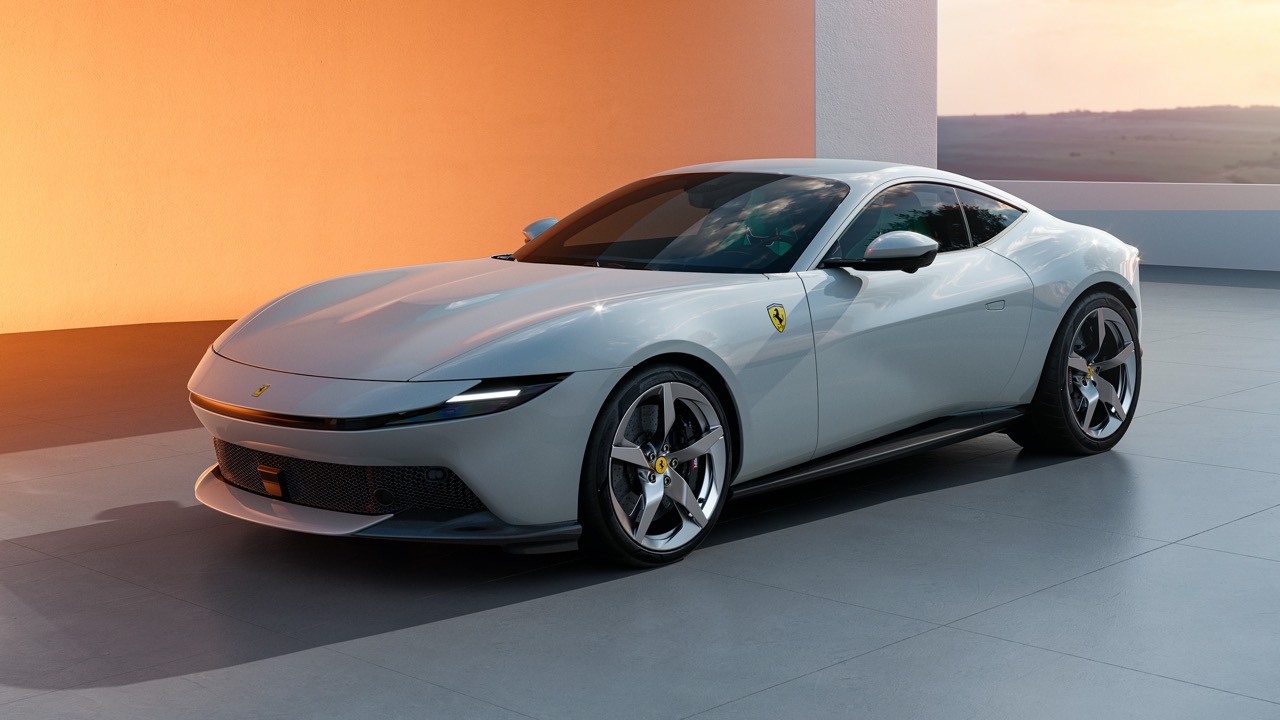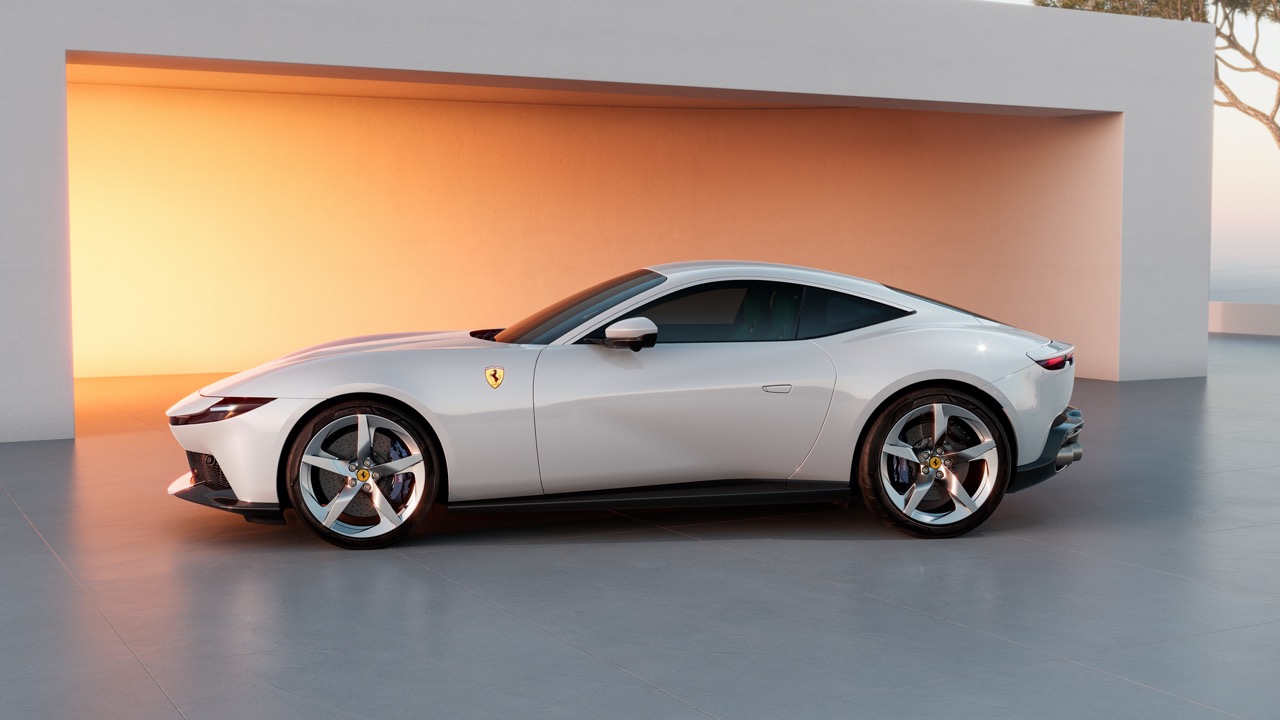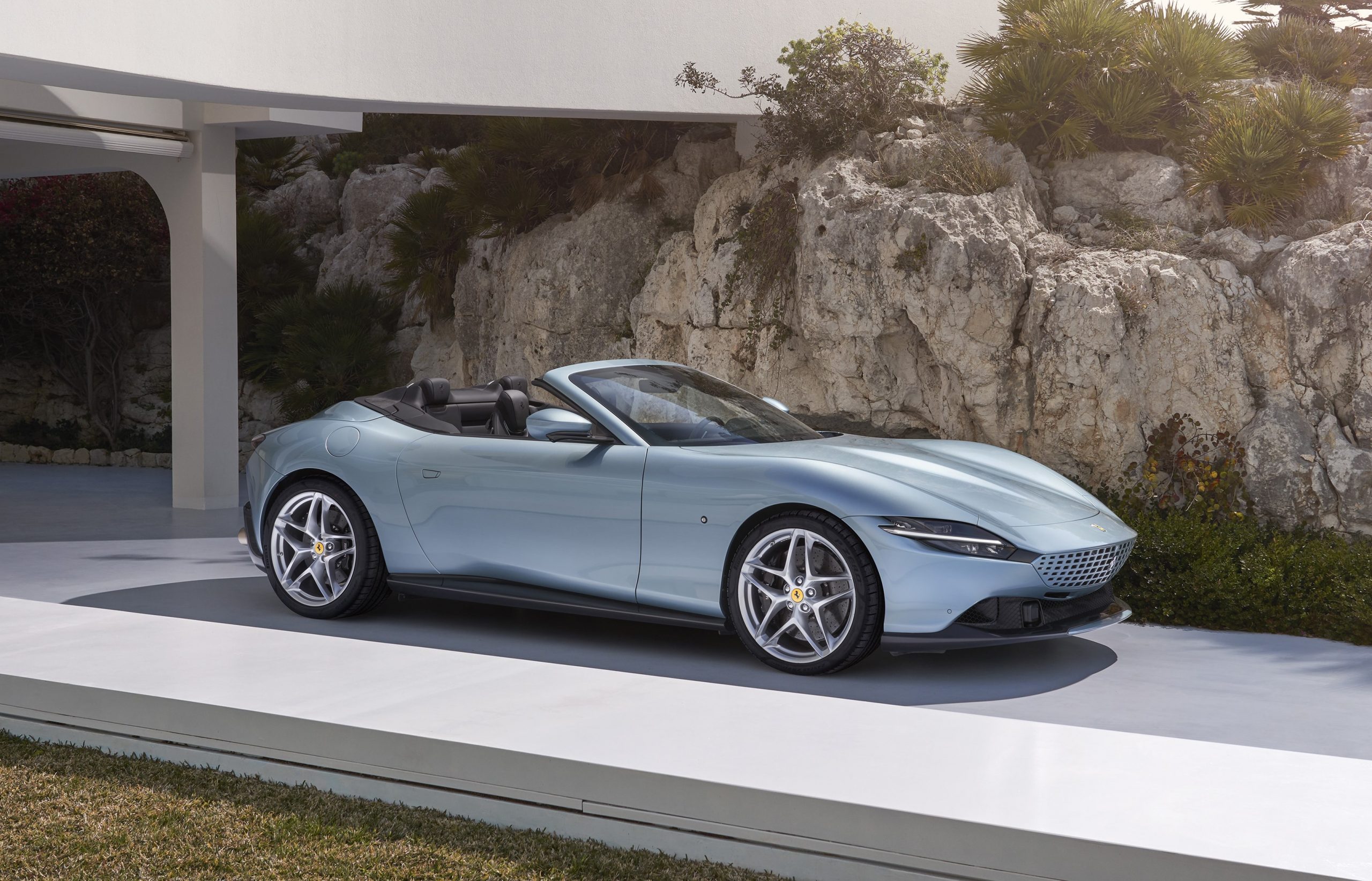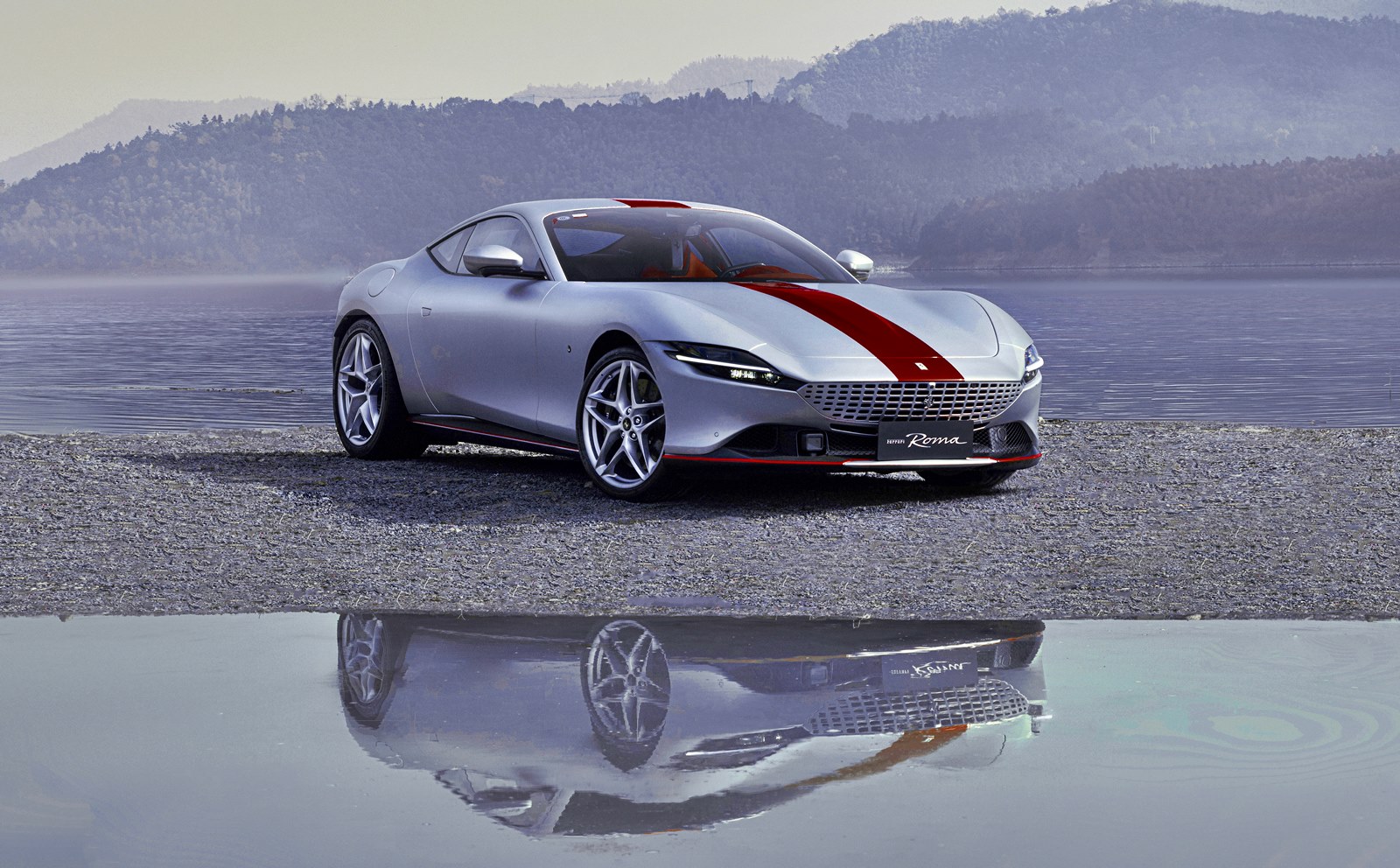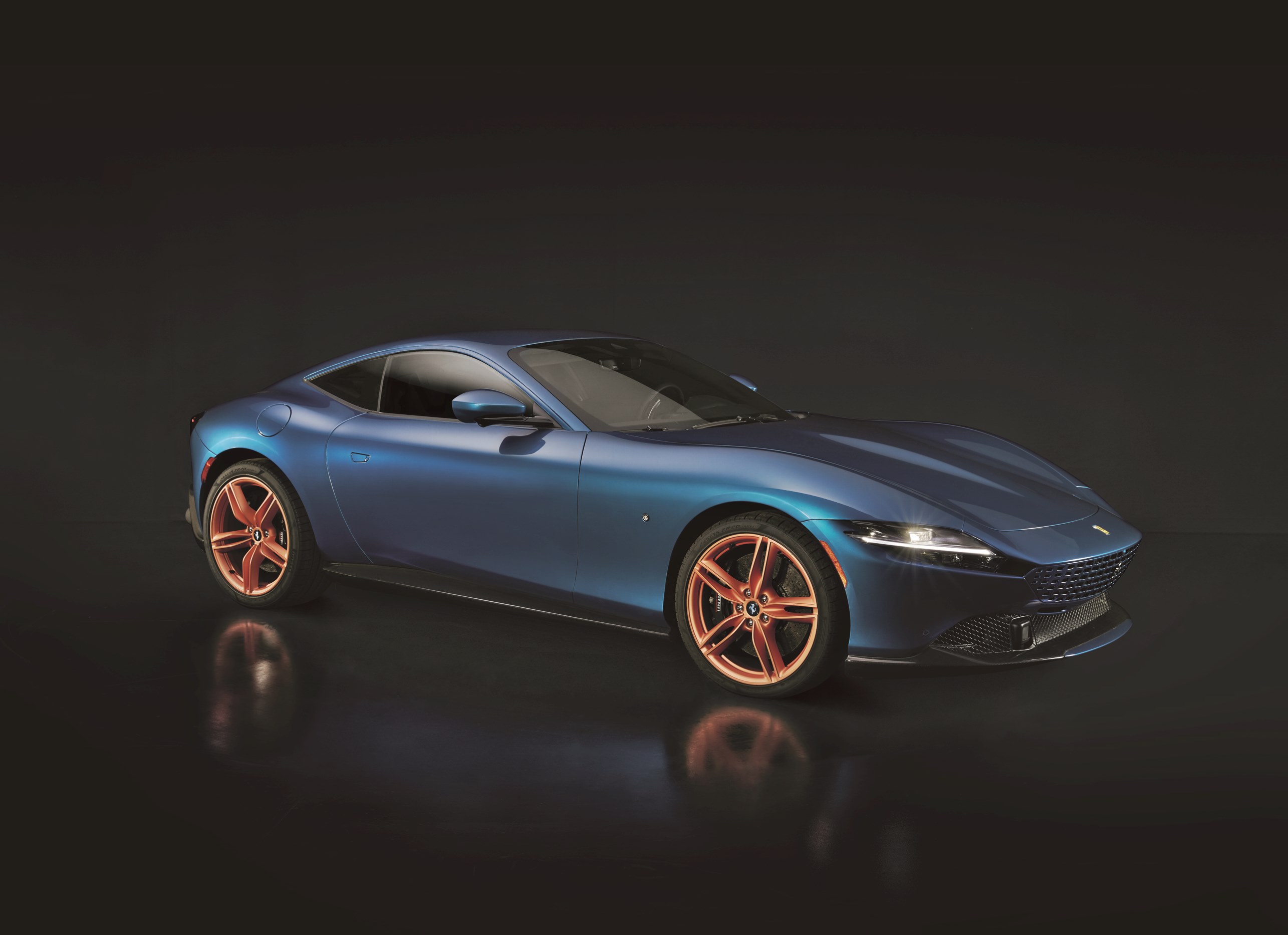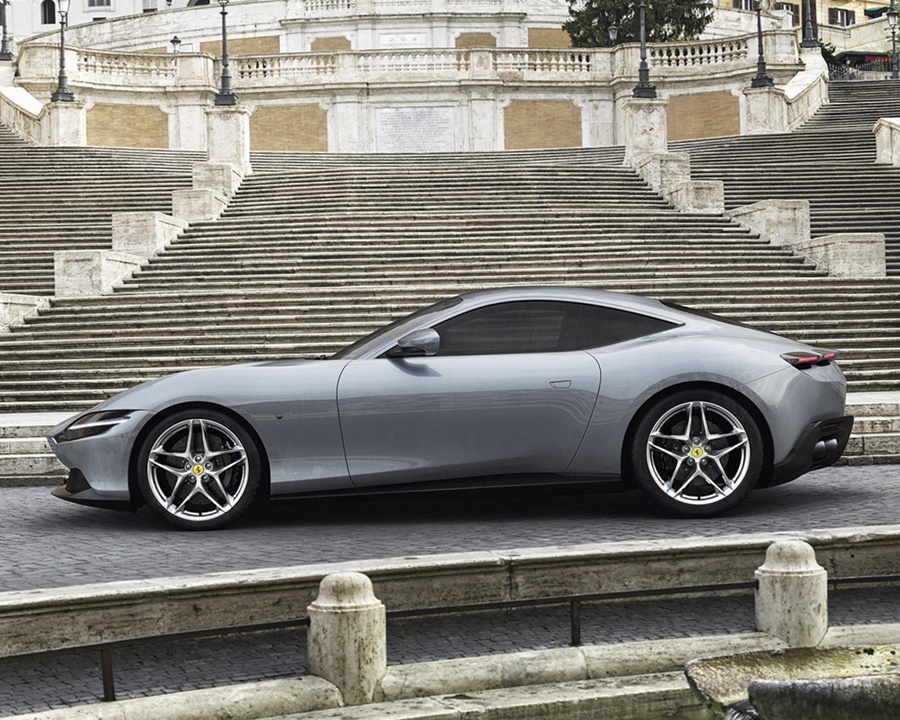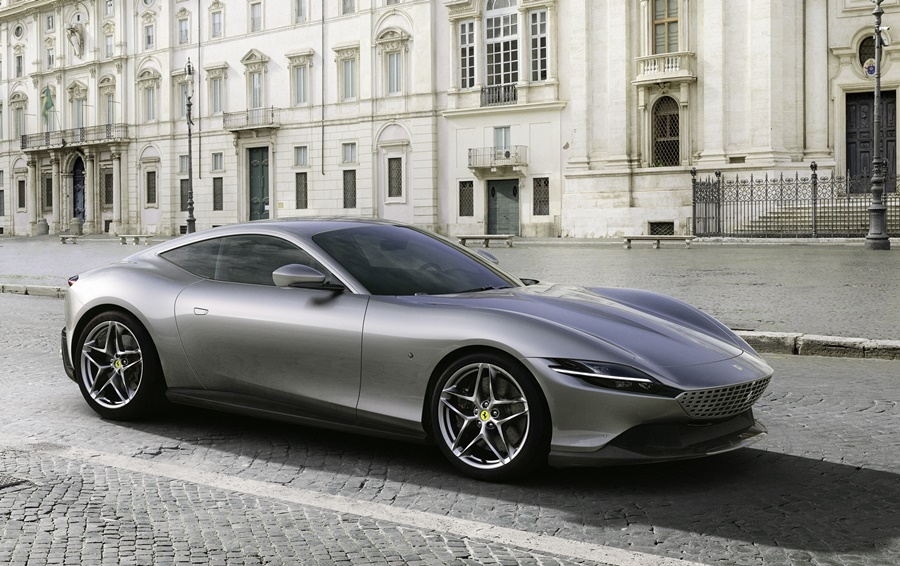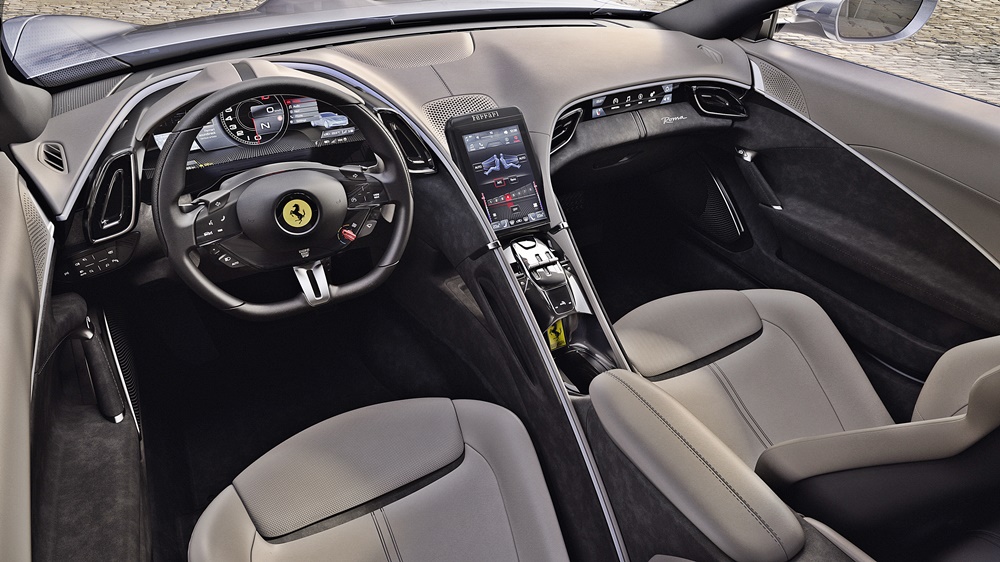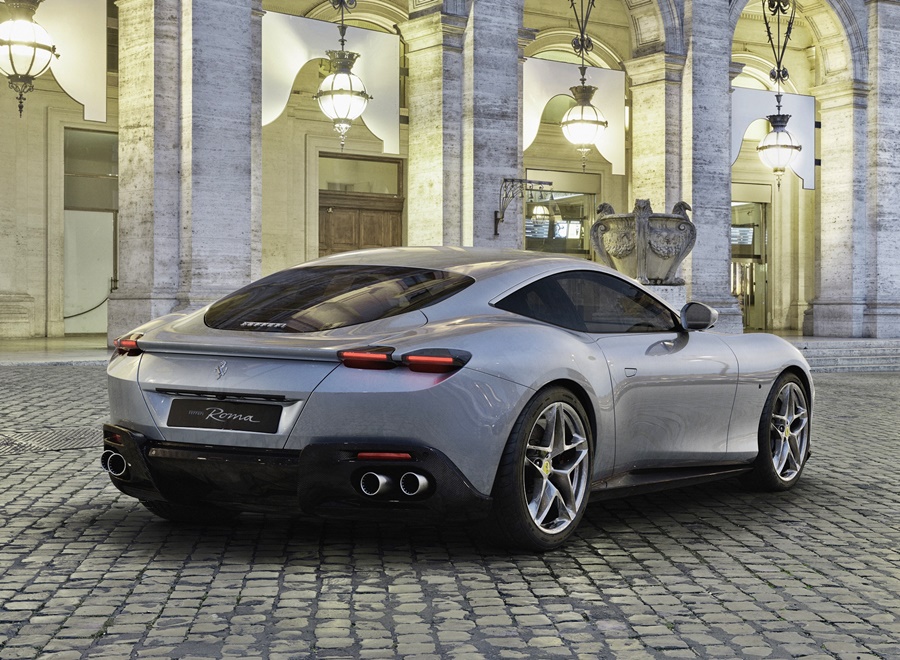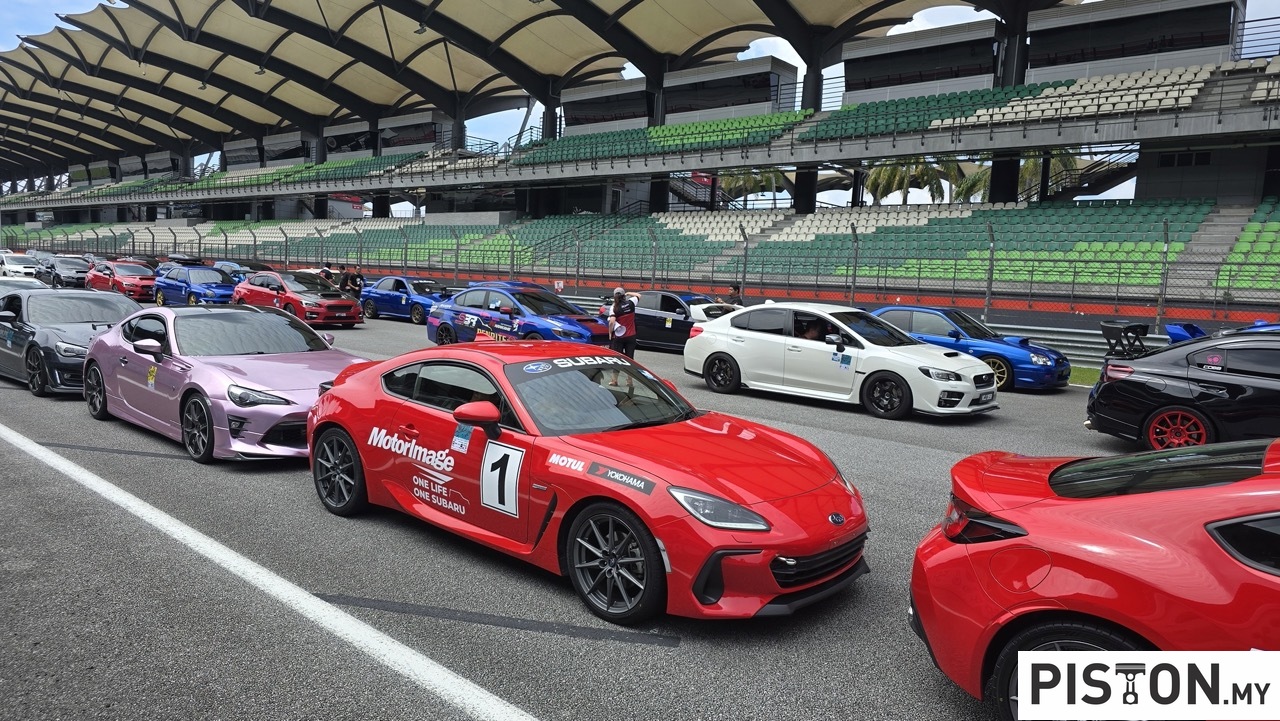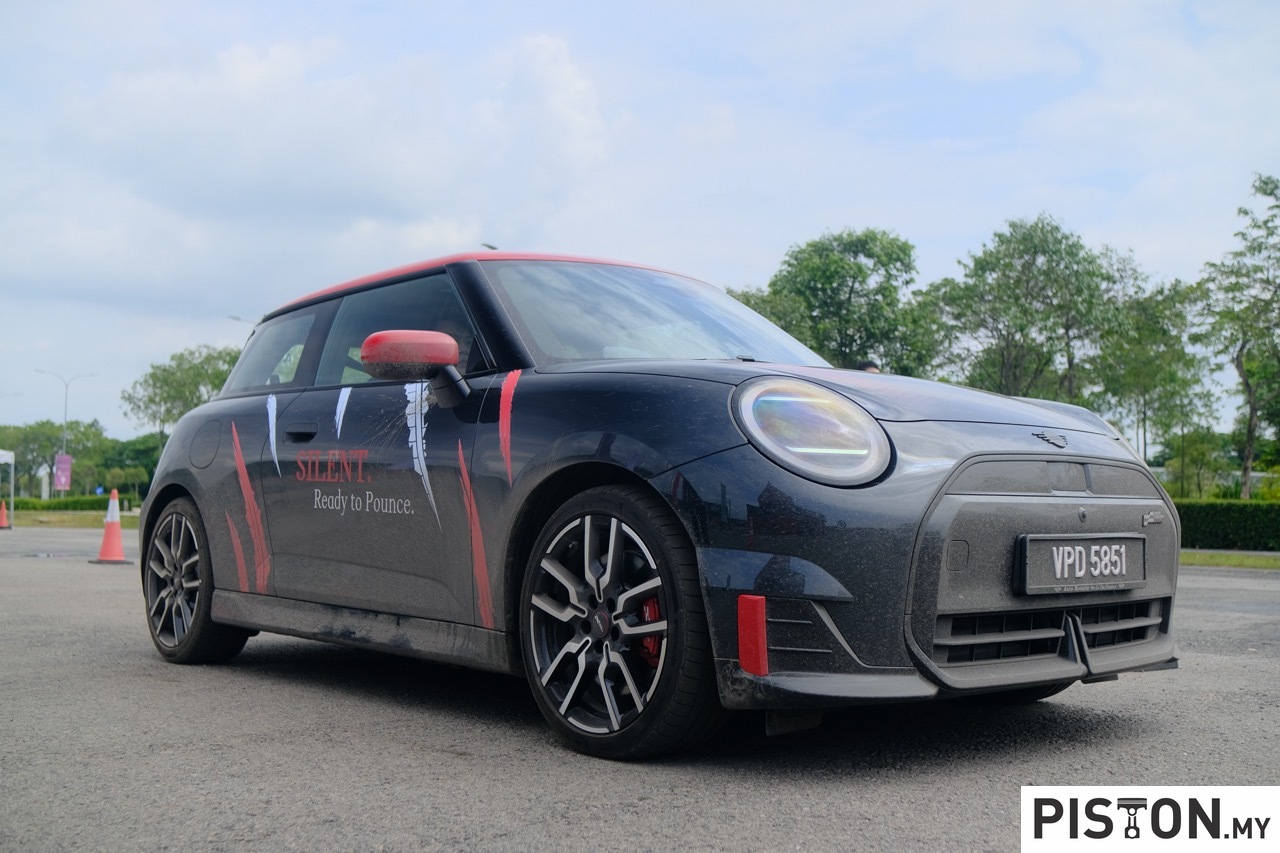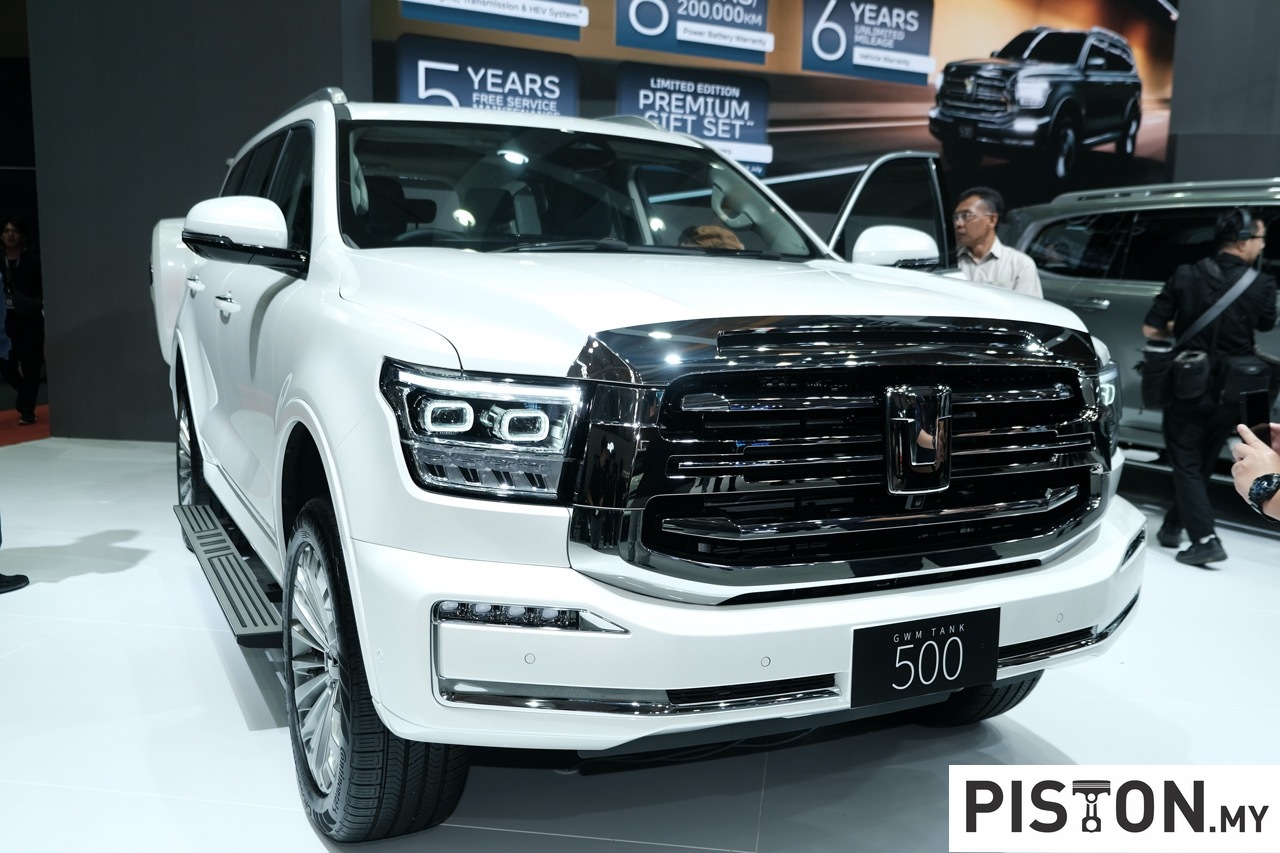
A Ferrari is already an exclusive machine when it leaves the factory but virtually none are ‘stock standard’ as every owner will want to personalise their car in some way. After all, when you have paid that much, what’s a little bit more to add something to make it unique? That’s what Ferrari’s bespoke Tailor Made department offers – an exclusive programme for those who wish to customise any element of their car.
Many of the cars that the Tailor Made department works on are not publicised as the owners may prefer the privacy, but there are also some cars that do become public and this one-of-a-kind Roma model is one of them. Crafted with exquisite traditional Japanese-inspired detailing while retaining the clean, sophisticated elegance of the original car.
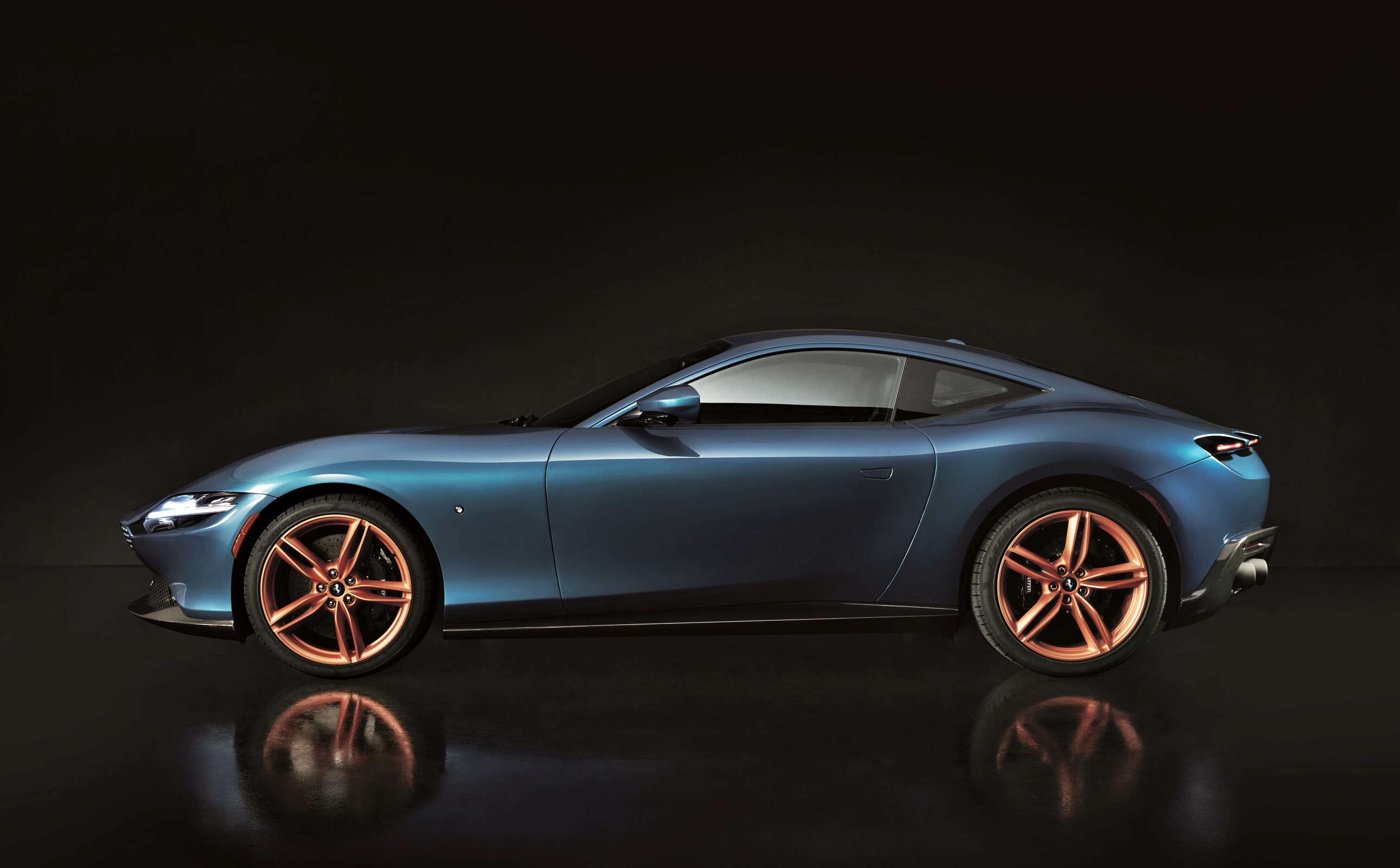
This particular car’s story began when Evan Orensten and Josh Rubin, the founders of the American publication COOL HUNTING, were offered, and accepted, the opportunity of customising a Ferrari Roma. The idea was to explore how far Ferrari’s bespoke personalisation programme could go and really push the boundaries.
The project started off two years ago with the first of several research trips to Japan where they immersed themselves in the country’s traditional crafts and artisanal methods. Then they proposed bringing some of those ideas and unique materials into the Tailor Made journey as envisioned by COOL HUNTING, and conveyed this to Flavio Manzoni, Ferrari’s Chief Design Officer, at the Ferrari Tailor Made showroom in New York.
Manzoni and his team were inspired by the parallels between Italian and Japanese culture and design philosophy: a single-minded devotion to quality, an emotional involvement with the client, and exquisite skills in craftsmanship that have been passed down from generation to generation.
An idea formed – to create a Ferrari featuring some of the unique materials developed from traditional Japanese techniques while employing Ferrari’s customary innovation to modify them to accommodate the requirements of durability and functionality that a modern high-performance car demands.
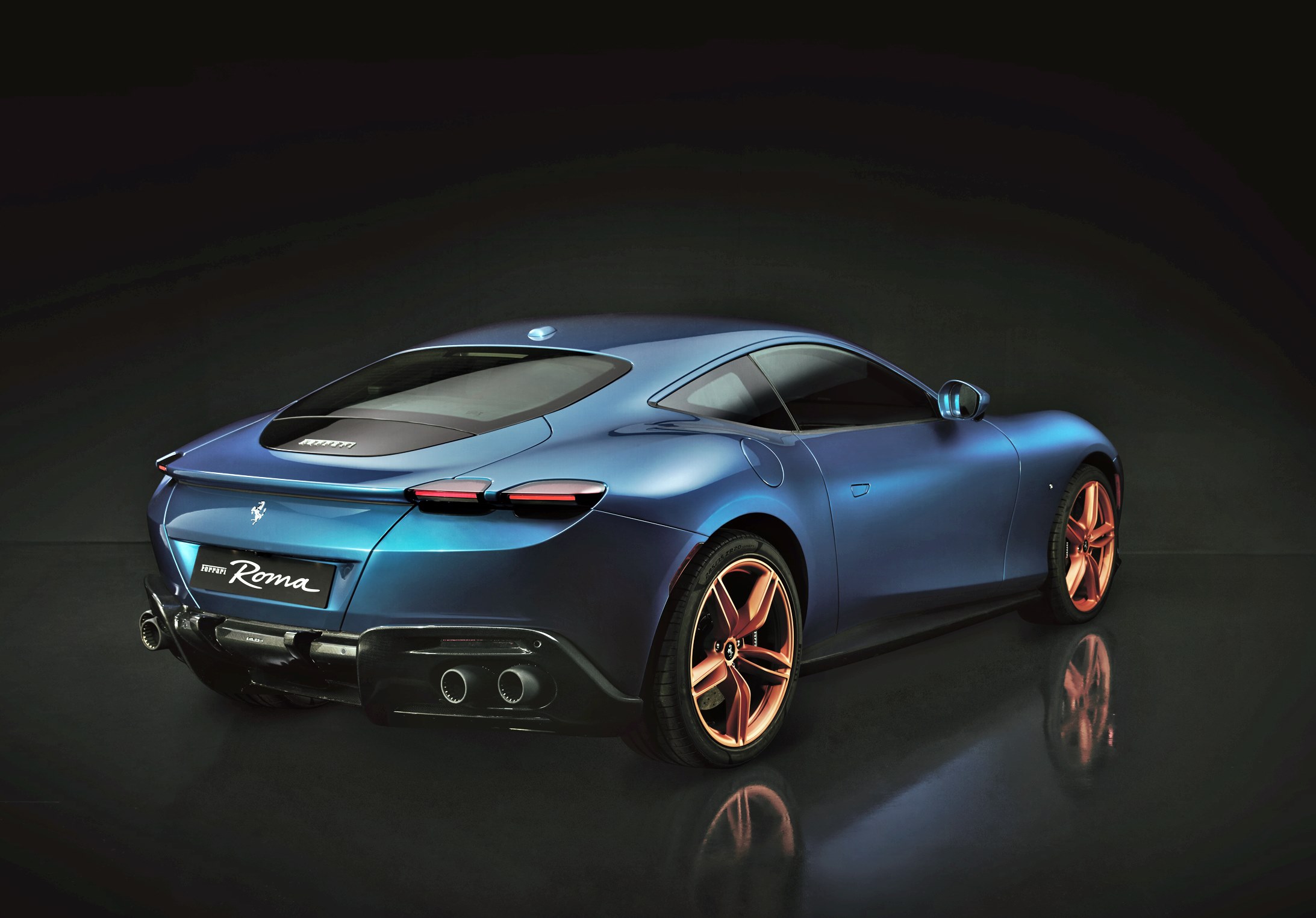
Traditional Japanese indigo dyes inspired the Roma’s colour scheme, particularly the vivid blue exterior paint which was specially developed for this car and named Indigo Metal. This vivid colour perfectly enhances the purity of the Roma’s shape – light appears to flow over its bodywork, accentuating its lines through highlights and shade.
Indigo features prominently in Japanese design culture, and the traditional dye is produced naturally. COOL HUNTING had visited Toyama, one of only 5 remaining indigo farms in Tokushima, Japan’s traditional indigo-growing region. They learned that the dye comes from a green plant which, when harvested and fermented, becomes sukumo, traditional dried Japanese indigo that is mixed with lye, sake and limestone powder to create authentic Hon-Ai indigo dye. Because of its anti-microbial properties, it was traditionally used for linens, bedding and clothing.
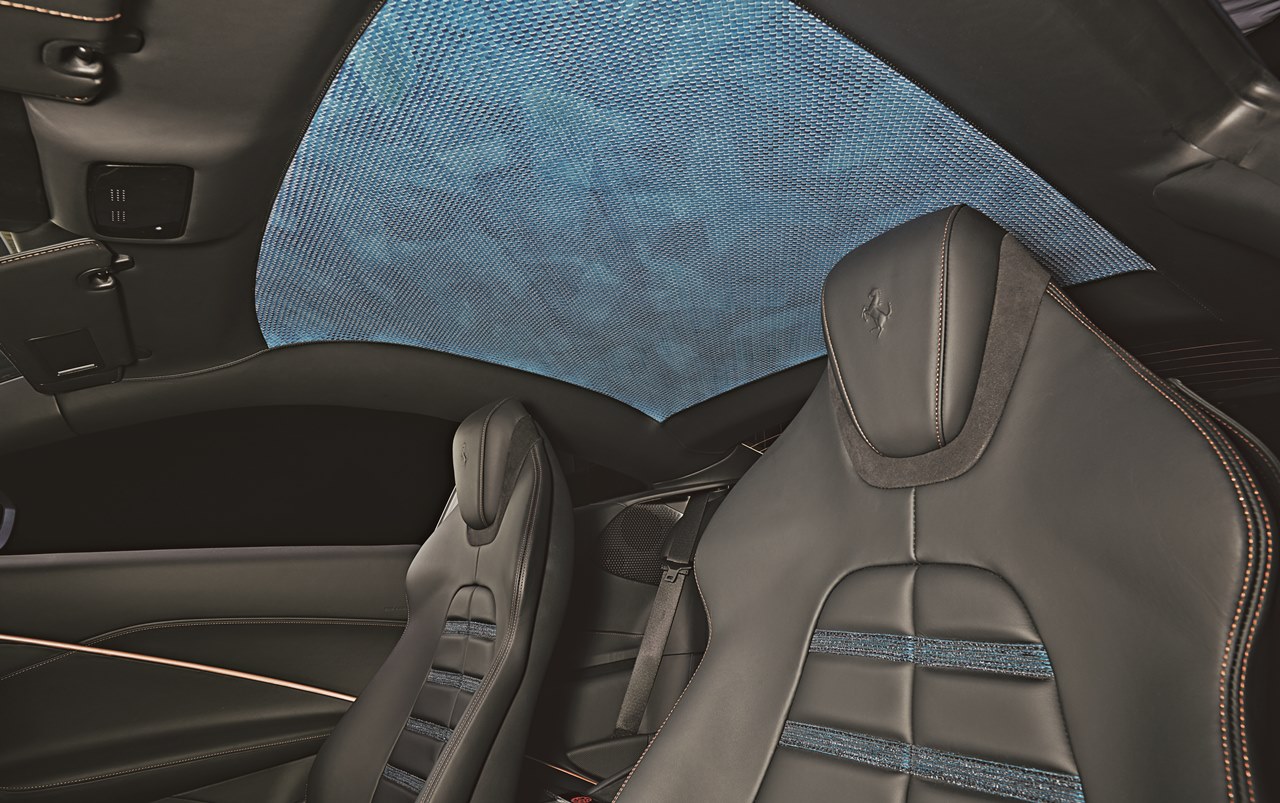
The same colour palette is used to tie together the vehicle’s exterior and interior into one subtle, holistic statement. The indigo shade is also found in the sakiori fabric used for the seat trim inserts and the carpets.
Sakiori is one of the world’s oldest examples of upcycling, dating from the 1700s when cotton and silk were available only to Japan’s nobility and the very wealthy. Worn-out kimonos were disassembled, their fabric cut into strands and rewoven with new fibres, creating a material that was both warm, comfortable and durable. The word comes from the Japanese saku (to rip up) and oru (to weave).
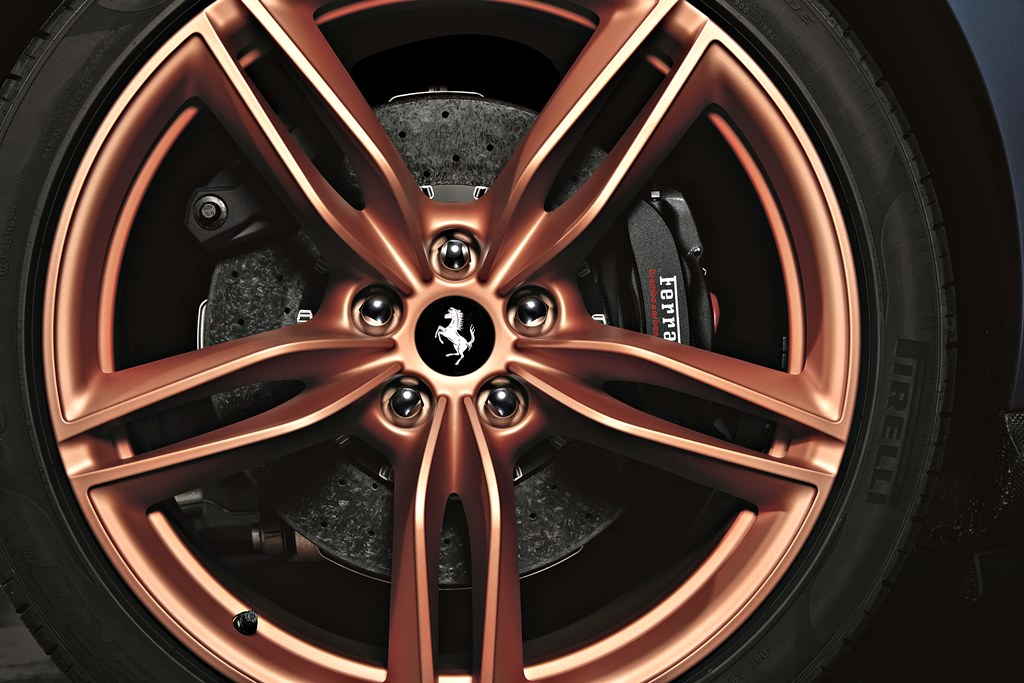
An innovative solution was identified in making sakiori a viable material. Two vintage kimonos originally made in Amami Oshima, an island in Japan’s southern archipelago were used — an indigo-dyed kimono approximately 75 years old and one approximately 45 years old, dyed in both indigo and the island’s celebrated Amami Oshima Tsumugi mud-based dye.
The indigo theme is carried through to the Roma’s headlining – a beautifully detailed piece of craftsmanship and design which is exclusively experienced by those sitting in the car. It is made up of two indigo-dyed hides made – one with a unique solid colour crafted to match the car’s colour scheme, and a hand-painted hide using a method which can be traced back to the 8th century.
The hides were then sent to Italy, where they were cut into strips and hand-woven by Italian artisans in a process called intreccio, forming an elegant one-of-a-kind work of art.
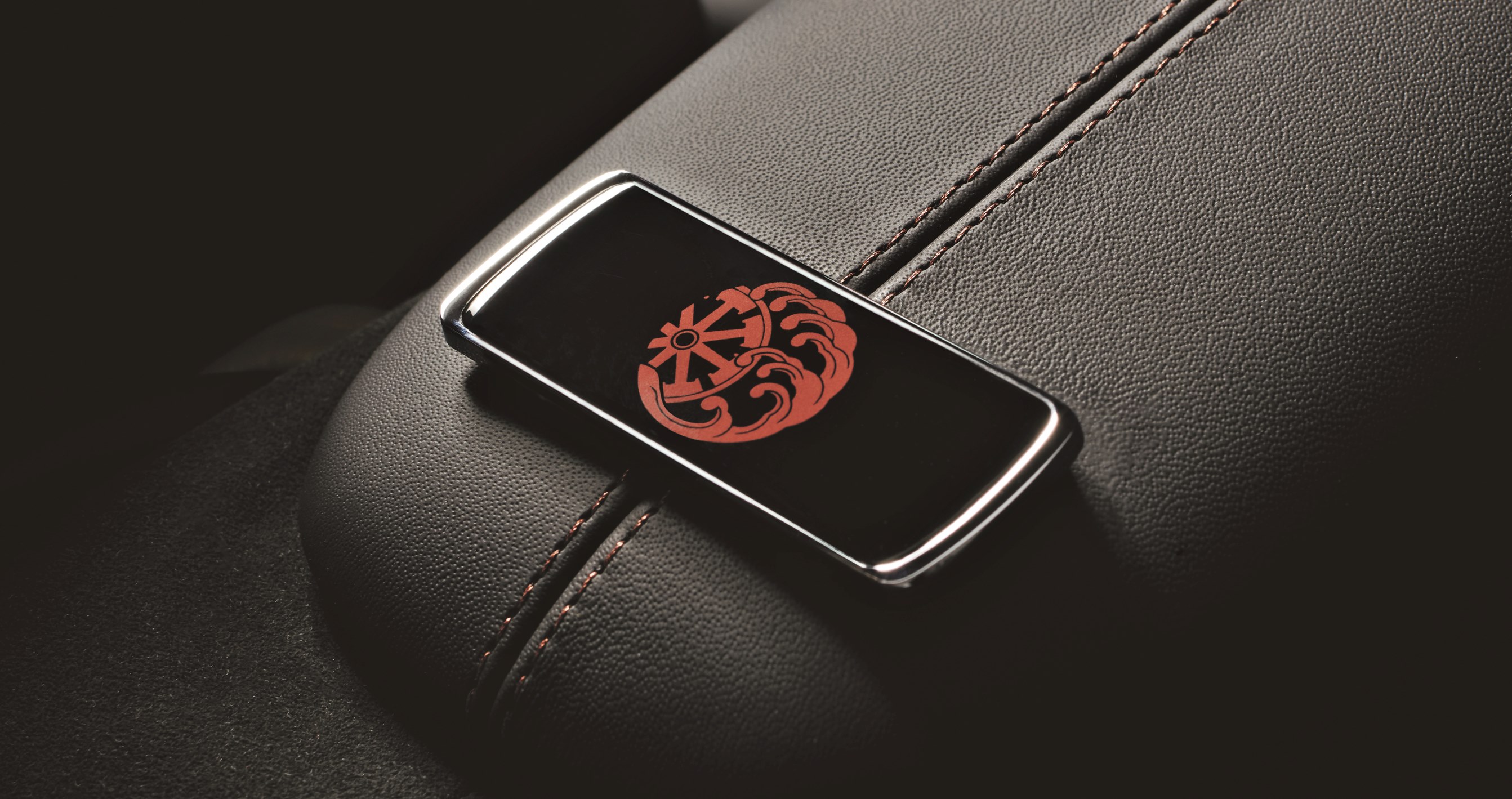
The Roma’s interior door handles also take their inspiration from Japan – they are enclosed in tightly hand-woven strips of black leather in an homage to tsukami, the ancient art of wrapping the grips of Katana swords.
The COOL HUNTING team were further inspired by a visit to Kaikado, a Kyoto-based family business known for its iconic copper tea canisters. Now made by the fifth and sixth generations of the family, the canisters are so skilfully crafted that they form a vacuum seal as the lid gently falls onto the body. The copper also adopts a unique natural patina with use.
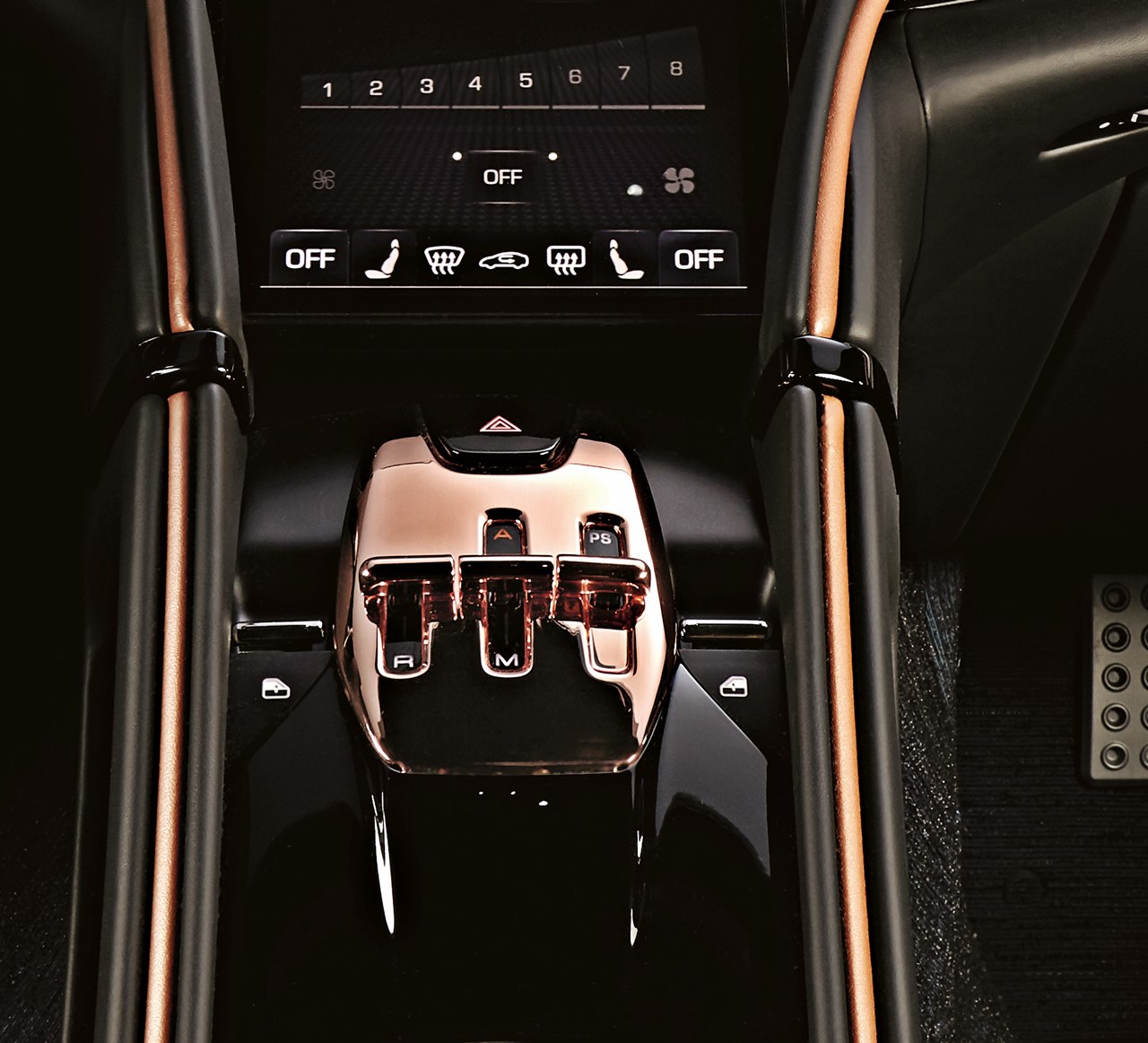
Inspired by this, copper plating is found in details on the Roma’s gearshift gate surround and levers, which were plated in Japan. The outline of the dual cockpits, the wheel rims and the kamon are also made in this colour.
The unique crest on the car’s dedication plate on the central armrest and door sills is a custom-made ‘kamon’, a symbol passed down from generation to generation in Japan. Designed by Kyogen, it represents a wheel from an ox-drawn carriage (popular transportation among aristocrats during the Heian period between 794 and 1185) combined with the 8 pistons of the Roma’s V8 engine forming its spokes. The numeric theme is continued in the eight wave crests that encircle the wheel – symbols of good luck, power and resilience.
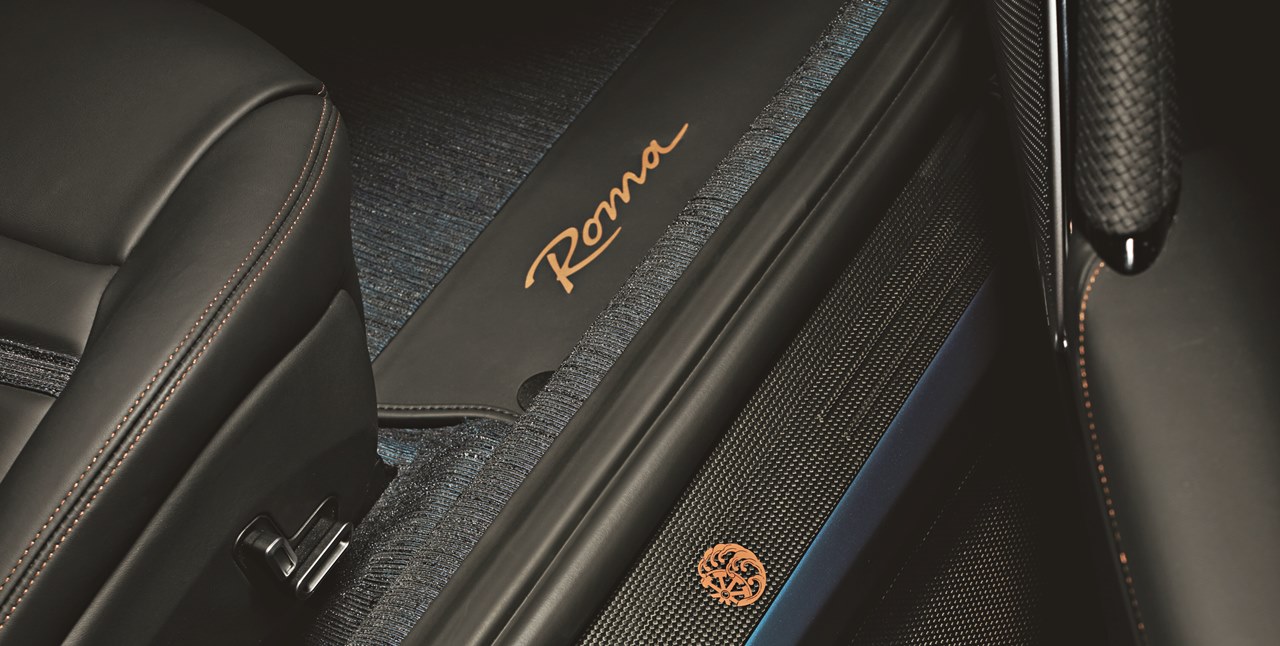
Only one person in the world can own the Ferrari BR20








